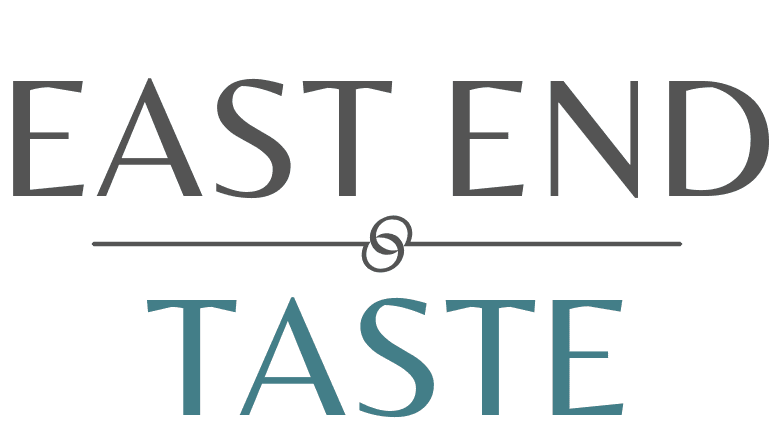Stock photography has dominated digital content for decades, but its limitations are becoming increasingly apparent. The same generic images appear across countless websites, making it difficult for brands to establish a unique visual identity. As audiences grow more sophisticated, they can easily spot the staged perfection and artificial scenarios that define most stock libraries.
Beyond the aesthetic concerns, many brands struggle with the practical limitations of stock photography. These include the search process requiring significant time, licensing restrictions, and the challenge of finding images that precisely match their vision. These constraints have encouraged renewed interest in visual storytelling methods that focus on authenticity, creativity, and brand differentiation.
Why Traditional Stock Photos Fall Short for Modern Brands
Generic stock photos often fail to show the unique personality of a brand. When multiple companies use the same images, they blend together in consumers’ minds. This lack of distinction makes it harder for brands to stand out in crowded markets.
Audiences associate certain visual cues with tokenism and forced portrayals in branding campaigns. These images feel less real and less connected to the brand. This disconnect creates barriers between companies and their target audiences.
The process of finding suitable stock photos can be frustrating as well. Creative teams often spend hours searching through vast libraries only to settle for images that are “close enough” to their vision. This compromise can weaken brand messaging and create visual inconsistency across marketing materials.
Many brands are now experimenting with design with AI tools as a strong alternative to traditional stock photography. These technologies allow companies to create custom visuals that perfectly align with their brand identity without the limitations of pre-existing image libraries.
AI Image Generation: The New Frontier in Visual Content
AI image generators offer brands a new way to create visual content. These tools use artificial intelligence to produce unique images based on text descriptions. The technology has evolved from basic text-to-image conversion to advanced design assistants. This advancement gives brands more options for custom visuals.
The benefits of AI-generated imagery are clear for brands seeking visual distinction. First, these tools offer a high level of customization. Rather than searching through thousands of stock photos hoping to find something suitable, brands can describe exactly what they want and receive tailored results.
Every image created is unique, eliminating the risk of using the same visuals as competitors. This uniqueness helps brands maintain a distinctive presence across all marketing channels.
Prompt Strategies for Consistent, On-Brand AI Imagery
Creating prompts that generate images closely matching brand identity calls for a thoughtful approach. The most effective prompts include details about preferred style, atmosphere, colors, and visual composition. For example, specifying “a modern coffee shop with warm lighting, minimalist décor, and earth tones matching the brand palette” communicates more intent than “coffee shop.”
Using reference assets during image generation increases the likelihood of achieving brand alignment. Many AI platforms allow brands to upload their logos, previous campaign images, or inspirational visuals that help guide the AI’s interpretation. This context signals to the AI what defines the brand’s visual language.
Consistent results come from documenting which prompts yield on-brand images. Building a prompt library lets teams refine their language over time and share effective inputs across departments. This process avoids repetition and ensures all campaigns benefit from previous learning.
Common pitfalls often hinder brand alignment with AI tools. Vague prompts, unrealistic requests, or missing key style elements frequently lead to unsatisfactory images. Brands can experiment with prompt adjustments in small steps. Testing variations on successful inputs reveals which details make the biggest difference.
Beyond AI: Other Creative Alternatives to Stock Photography

User-generated content offers another authentic option compared to stock photography. Brands can source images created by customers, followers, and fans through contests, hashtag campaigns, or direct outreach. This approach provides unique visuals and builds community engagement.
User-generated content provides natural and authentic audience reflection for inclusive branding, helping brands connect with real people. However, proper rights management is essential, with clear permission processes for commercial use.
Custom photography remains effective because it enables brands to create exclusive assets reflecting their exact brand story, product features, and target audience. Brands achieve cost savings by scheduling photo shoots during seasonal events, product launches, or team gatherings, capturing large volumes of content in a single session.
Illustration and graphic design give brands flexible ways to express their character or communicate challenging ideas that traditional photography cannot capture. For example, a financial technology company wanting to portray “growth through innovation” can commission a custom illustration that shows a seed sprouting digital circuits instead of roots.
Building a Diverse Visual Strategy for Brand Storytelling
Strong visual strategies use a range of approaches based on specific content needs. Product pages might require professional photography, while blog content could use AI-generated illustrations. Social media might feature a mix of user-generated content and custom graphics. This balanced approach maximizes impact while managing resources efficiently.
Maintaining a consistent visual language across different image sources requires clear guidelines. Brands should document color palettes, composition preferences, subject matter guidelines, and editing styles to ensure coherence regardless of image source. This documentation helps sustain brand recognition even when visual techniques vary.
Tracking performance helps improve visual strategy over time. Brands should review engagement metrics across different visual content types to determine what strengthens their audience connection. Testing can show whether AI-generated images, custom photography, or illustrations lead to better results for specific campaign goals.
Looking ahead, trends in visual content creation indicate even greater personalization. As technology evolves, brands will have more ways to tailor visuals to their audience, further building the connection between brands and their communities through relevant, authentic visual storytelling.
Comparison: Traditional Stock Photos vs. AI-Generated Images vs. Custom Photography
Traditional stock photos make content production quick and affordable, especially for brands managing large volumes of imagery. Their convenience lies in the vast availability and lack of technical barriers. Most users can simply download and add images to their websites or marketing materials.
However, these visuals often lack originality and may blend in with imagery from other brands, reducing differentiation in a crowded market. Repetitive usage across multiple sites means viewers notice the overlap, which can compromise authenticity. Also, restrictions applied through licensing agreements sometimes limit creative applications.
AI-generated images introduce a fresh level of flexibility and control for brands looking for distinctive visual assets. These images can be specifically crafted based on detailed prompts, offering nearly unlimited creative options that allow brands to show their unique story or vibe. While the cost tends to sit between free stock imagery and custom photography, AI tools require users to understand prompt creation.
Custom photography delivers the highest level of brand authenticity and ownership. Brands can guide the creative direction, choose real locations and people, and ensure every visual fits with specific objectives. This process requires collaboration with photographers or creative teams, often resulting in higher costs and a longer production timeline.
Evaluating Image Alignment With Brand Storytelling Goals
When evaluating visual content, brands should verify that images reflect their personality and values. The content must appeal to their specific target audience rather than a general market. Teams should check that visuals maintain consistent quality standards across all platforms and integrate seamlessly with existing brand assets.
Confirming proper licensing for intended use is essential, as is ensuring the imagery supports current campaign messaging. Brands should assess whether their visuals distinguish them from competitors and create emotional connections with viewers. Finally, determining if images can be repurposed across multiple channels helps maximize their impact and effectiveness.


